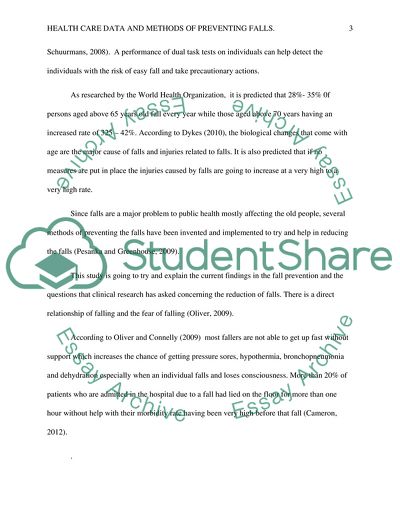Cite this document
(Health Care Data and Methods of Preventing Falls Research Paper, n.d.)
Health Care Data and Methods of Preventing Falls Research Paper. https://studentshare.org/health-sciences-medicine/1828026-falls-detection-systematic-review
Health Care Data and Methods of Preventing Falls Research Paper. https://studentshare.org/health-sciences-medicine/1828026-falls-detection-systematic-review
(Health Care Data and Methods of Preventing Falls Research Paper)
Health Care Data and Methods of Preventing Falls Research Paper. https://studentshare.org/health-sciences-medicine/1828026-falls-detection-systematic-review.
Health Care Data and Methods of Preventing Falls Research Paper. https://studentshare.org/health-sciences-medicine/1828026-falls-detection-systematic-review.
“Health Care Data and Methods of Preventing Falls Research Paper”. https://studentshare.org/health-sciences-medicine/1828026-falls-detection-systematic-review.


